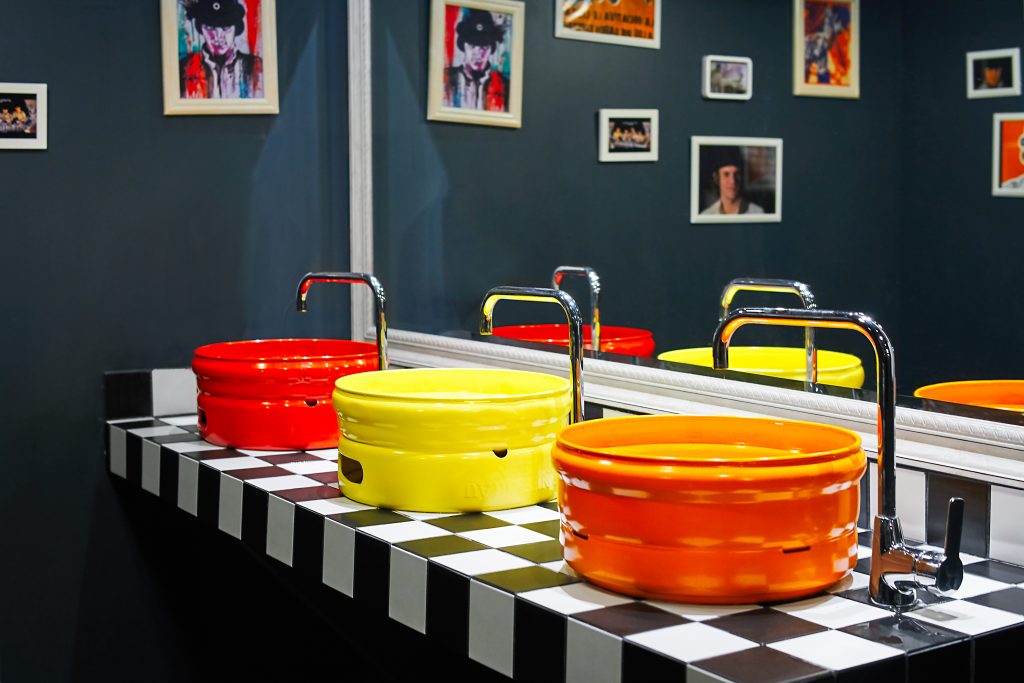Effectively analyzing your restaurant’s competition isn’t always easy. Competitive research is a key element in the success of your restaurant. By knowing your competitors’ strengths and weaknesses, you can adapt your offer, improve your service and stand out from the crowd. In this article, we’ll explain how to carry out an in-depth competitor study for your restaurant. So let’s take a look at how to effectively analyze your restaurant’s competition.

Identify key competitors
The first step is to identify your restaurant’s main competitors. Here are a few things to consider when identifying your competitors:
- Geographical proximity
- Kitchen style
- Price range
- Target customers
Analyze supply and demand
Once you’ve identified your competitors, it’s important to analyze their supply and demand to determine their strengths and weaknesses. Here are a few aspects to consider:
- Analyze their menus
- Price list
- Their decor and ambience
- Customer service and attention
- Reception
- Promotions and special offers
- Their communication channels and online presence
Analysis of supply and demand is essential to understanding the market and customer expectations. Of course, there are many other aspects to analyze. Here are a few more points to consider when looking at supply and demand in the restaurant sector:
Food trends
Food trends are constantly evolving, and it’s important to keep up with them so you can adapt your offer accordingly. For example, if you see a growing demand for vegetarian or vegan options, it might make sense to add this type of dish to your menu. Similarly, if a trend such as eco-responsibility emerges, you might consider incorporating aspects of this trend into your restaurant.
Customer needs
As we know, customer expectations and needs can vary according to factors such as age, gender, income or geographical location. Analyze the demographic characteristics of your target customers and compare them with those of your competitors’ customers. This analysis will enable you to identify unmet needs and create an offer tailored to your specific market.
Seasonality
Seasonality can influence demand for certain types of dishes, offers, services or beverages. For example, during the summer months, customers may be more inclined to consume salads and light dishes, while in winter they’ll prefer comfort food and hot drinks. Observe seasonal fluctuations in demand to adapt your menu accordingly.
Competitors’ offerings
Your competitors’ offers can give you an indication of market demand. If you find that several restaurants offer similar dishes or have similar concepts, this may indicate a strong demand for this type of cuisine or concept. It’s not a question of copying, but of seeing how your offer compares with that of your competitors. Similarly, if you notice that your competitors have recently modified their offer, this may be an indication that they are looking to respond to an evolving demand.
Capacity and attendance
The capacity and frequentation of competing restaurants can also give you an indication of demand. If you notice that certain restaurants are often fully booked, this may mean that there’s a high demand for what they have to offer. Conversely, if you observe low visitor numbers among your competitors, this may indicate insufficient demand or an unsuitable offer. Analyzing supply and demand gives you a better understanding of the market and customer expectations.
Efficiently analyze your restaurant’s competition
Evaluating online reviews
Online reviews can provide valuable information about how customers perceive your competitors. Take the time to consult review sites such as TripAdvisor, Yelp or Google Reviews to study customer comments on competing restaurants. Take note of the strengths and weaknesses mentioned by customers to identify opportunities for improvement in your own restaurant.



Analyze their marketing strategy
Your competitors’ marketing strategies can also give you ideas for improving your own approach. Examine their websites, social networks and advertising to identify the techniques they use to attract and retain customers. Pay particular attention to the following points:
- Content strategy
- Advertising campaigns
- Their partnerships and collaborations
- Offers and promotions
Using the information gathered
Finally, use the information you’ve gathered to improve your own restaurant. Here are some tips for putting the results of your study into practice:
- Adapt your menu to your customers’ trends and preferences
- Improve ambience and service to stand out from the competition
- Develop promotions and special offers to attract new customers
- Strengthen your online presence and optimize your marketing strategy
Once you’ve gathered information about your competitors and the market, it’s crucial to use it to improve your own business. Here are a few suggestions for making the most of the data collected:
Adapt your menu
Use your customers’ trends and preferences to adjust your menu accordingly. If you notice a growing demand for gluten-free options or vegetarian dishes, for example, consider adding corresponding dishes to your menu. Similarly, if a particular dish is very popular with customers in competing restaurants, consider creating a unique version of that dish for your establishment.
Improving the customer experience
Customer reviews of competing restaurants can help you identify areas where your own establishment could improve. If you find that customers appreciate fast, efficient service, focus on training your staff to meet this expectation. Similarly, if ambience is a key factor in customer satisfaction, consider renovating or redecorating your restaurant to create a pleasant, welcoming atmosphere.
Develop promotions and special offers
Promotions and special offers can attract new customers and retain existing ones. Look at your competitors’ promotions and offers for inspiration. You can, for example, offer discounts for groups, special offers for birthdays or fixed-price menus to attract customers.
Strengthen your online presence
A strong online presence is essential to attract and retain customers. Analyze your competitors’ websites, social networks and advertising campaigns to identify best practices and areas for improvement. Update your website to make it attractive and easy to navigate, and develop a content strategy for social networks that showcases your establishment and your offerings.
Establishing partnerships and collaborations
Partnerships and collaborations can help you expand your customer base and stand out from the competition. Identify your competitors’ successful partnerships and consider creating similar collaborations for your own restaurant. For example, you could work with local producers to offer fresh, quality ingredients, or organize special events with guest chefs.
Monitor and adjust
Competitive analysis must be an ongoing process to enable you to adapt to market changes. Regularly monitor your restaurant’s performance against that of your competitors, and adjust your strategy accordingly. This will help you stay competitive and meet the changing needs of your customers.
Conclusion
Efficiently analyzing your restaurant’s competition is the fruit of serious research. Competitive research is essential to the success of your restaurant. By understanding your competitors’ strengths and weaknesses, you can adapt and stand out in the marketplace. Don’t forget that this analysis must be carried out regularly to keep abreast of market and competitive developments.






